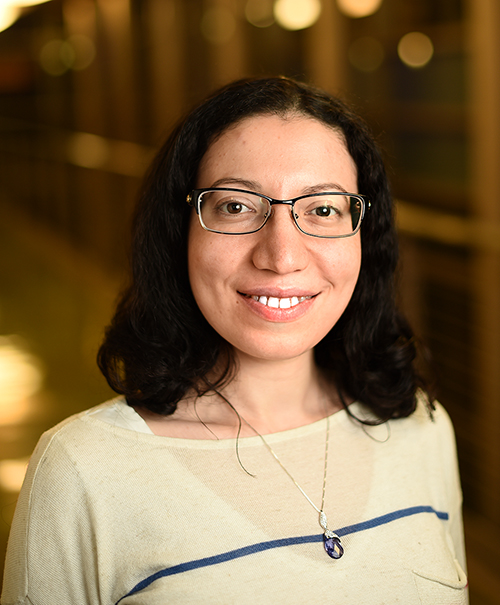Cited By
View all- Pethes RBodor-Eranus ETakács KKovács L(2024)The Core Might Change Anyhow We Define ItComplexity10.1155/2024/39568772024Online publication date: 1-Jan-2024
- Wang YLipka NZhang RSiu AZhao YNi BWang XRossi RDerr TSerra ESpezzano F(2024)Topology-aware Retrieval Augmentation for Text GenerationProceedings of the 33rd ACM International Conference on Information and Knowledge Management10.1145/3627673.3679746(2442-2452)Online publication date: 21-Oct-2024
- Zhang HKou GPeng YZhang B(2024)Role-aware random walk for network embeddingInformation Sciences: an International Journal10.1016/j.ins.2023.119765652:COnline publication date: 1-Jan-2024
- Show More Cited By


